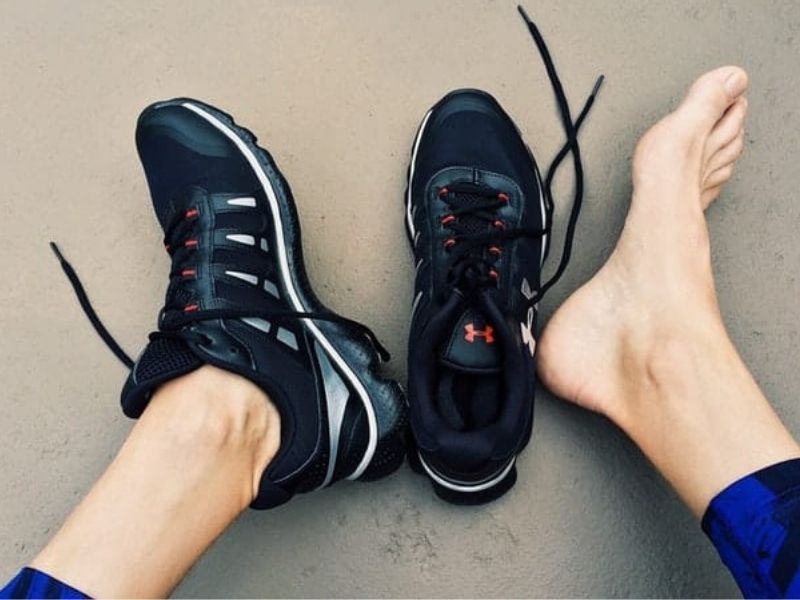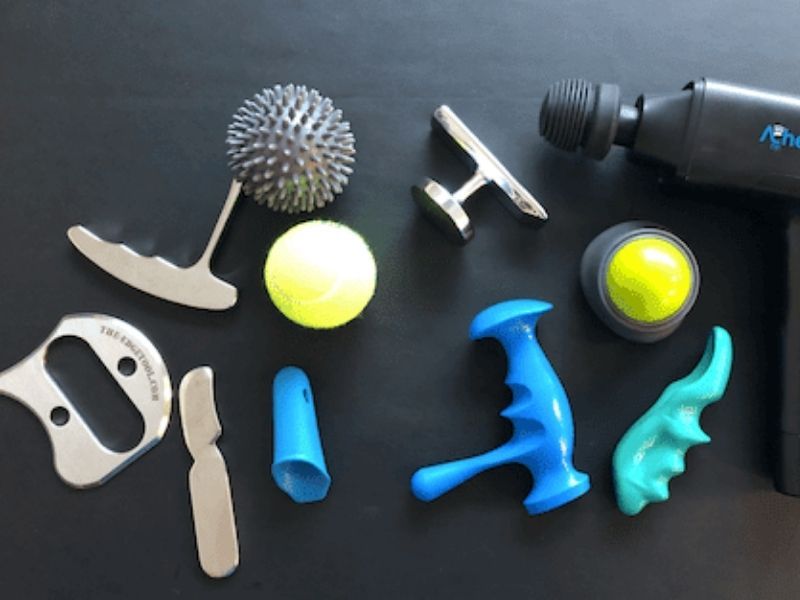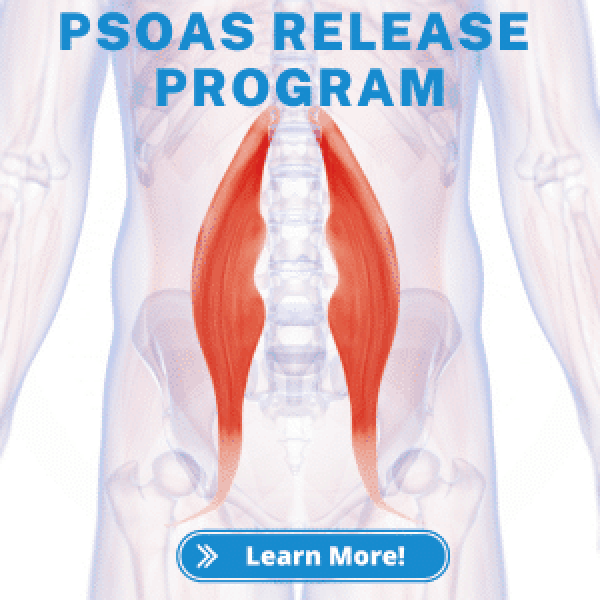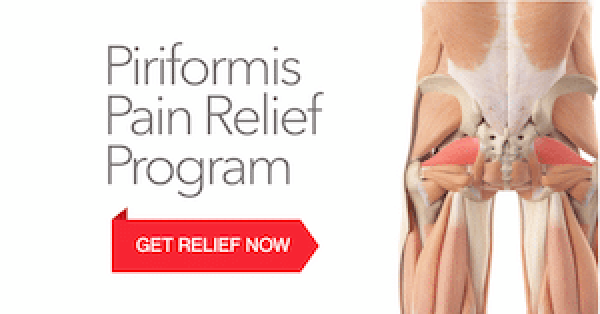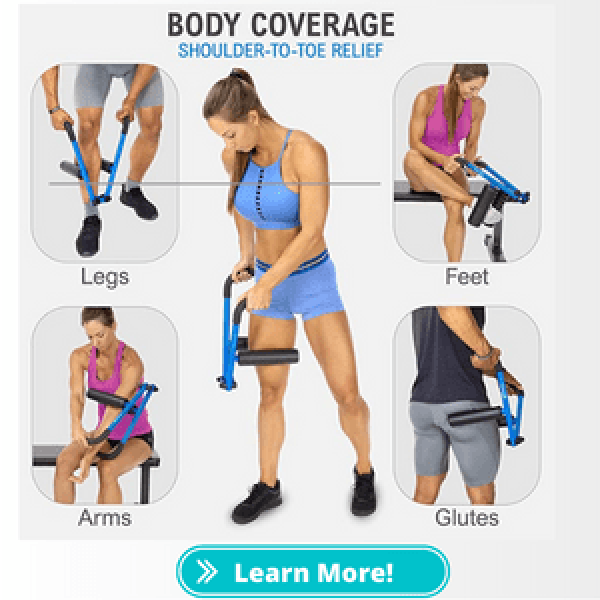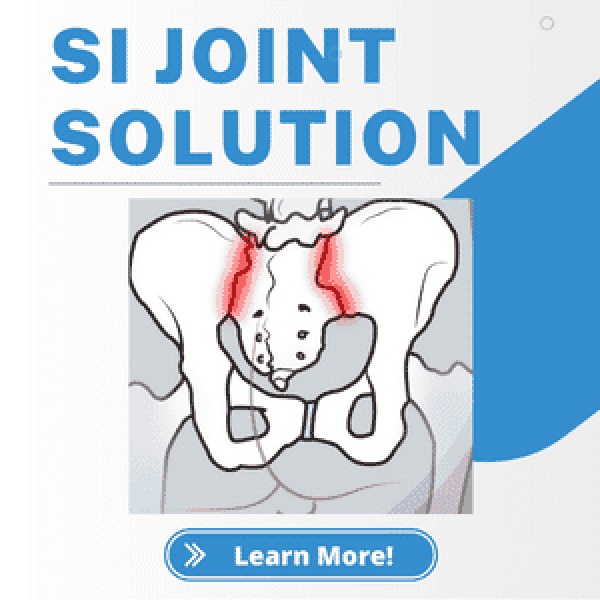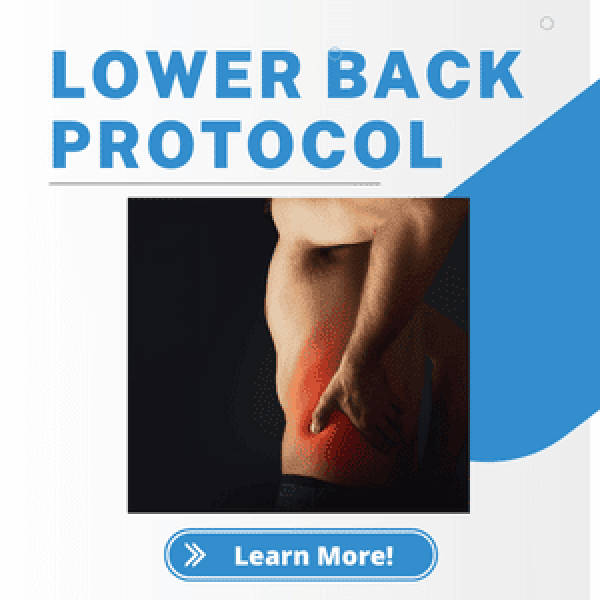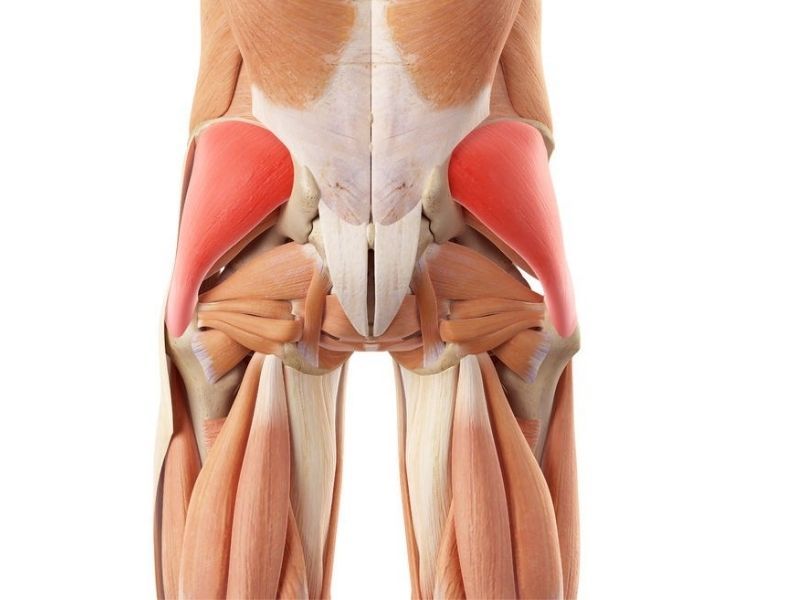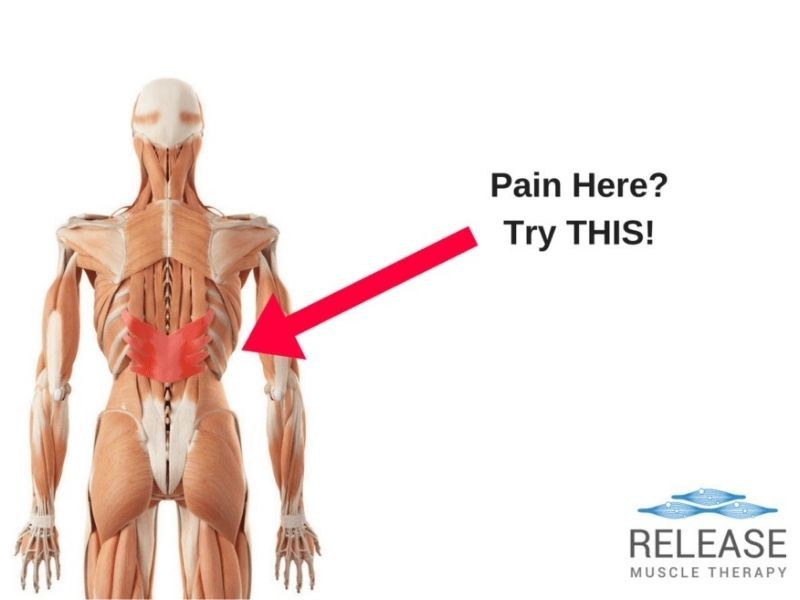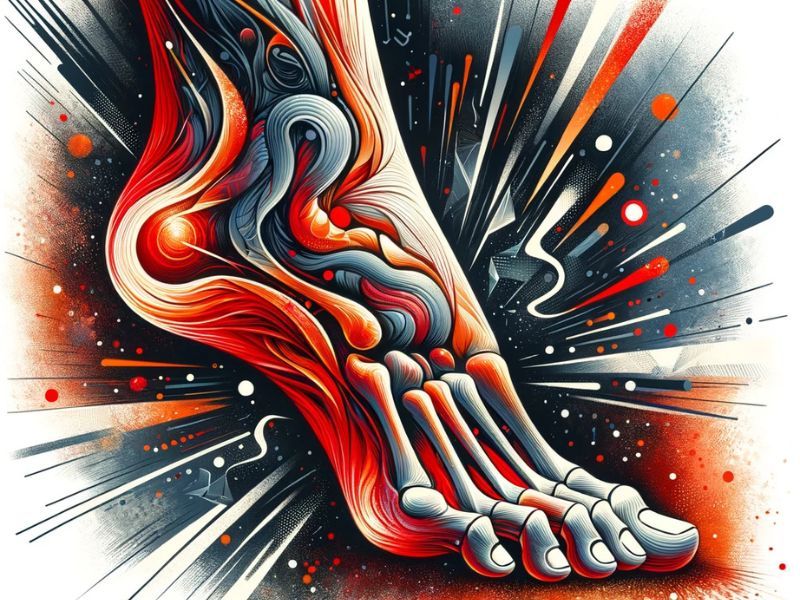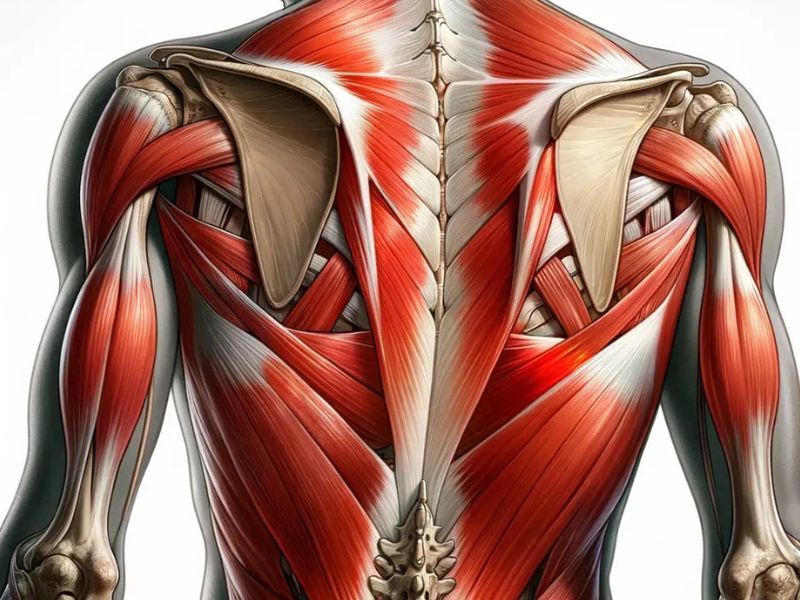Plantar Fasciitis Stretches – Pain Relief For Heel Pain

One of the most common therapeutic recommendations for treating plantar fasciitis is stretching. This is predominately because the evidence shows most individuals dealing with plantar fasciitis have reduced dorsiflexion of the ankle. Reduced motion of the ankle leads to alteration in weight bearing in the foot, putting more strain on the plantar tissue.

When implemented consistently over the short term (about 3 months), research supports significant improvement in symptoms especially when both calf and plantar fascia stretches are combined, but over the long run, is about equal when compared to plantar fasciitis exercises.
Below I have compiled my go-to plantar fasciitis stretches. They are ordered generally in intensity, and I often assign my personal clients 2-3 at a time along with self massage work, which can be helpful in reducing plantar fascia trigger points.
NOTE: Always consult with your healthcare provider before doing any new stretching program, because sometimes heel pain is not plantar fasciitis!
Best Plantar Fasciitis Stretches
Big Toe | First MTP Joint Stretch
Seated Calf Stretch With Band Or Towel + Big Toe Focus
Big Toe | 1st MTP Quadruped Stretch
Seated Calf Stretch With Band Or Towel
Standing Calf Stretch
How much and how often should stretches be performed?
As with most everything in the exercise + therapy realm, there is debate on the most effective way to perform plantar fasciitis stretches and exercises.
Various research papers show there doesn’t seem to be any clear winner universally.
Therefore, my recommendation for personal clients is to perform 3 repetitions, holding for the standard 20-30 seconds each. Intensity on a 1-10 (10 being most intense), I do not recommend going more than a 5 when it comes to intensity.
The goal is to alleviate discomfort, introduce stretch to the tissues, and avoid any flare-ups due to being too aggressive.
A minimum of 2x per day works best, and if the intensity is kept low, they can be performed more often.
Sam Visnic
I’ve spent my life studying the fundamental aspects of human health with a focus on movement and clinical massage therapy. In a world of specialists, surgical procedures, drugs and quick fix remedies, I’m committed to finding and developing strategies that help people stuck at the “gap”. Over the last 20 years I’ve studied dozens of systems and methodologies for uncovering the root cause of aches and pains, along with postural and movement issues. Pain science, the art and science of hands-on soft tissue massage techniques, myofascial release, and coaching movement is essential in my practice. Integrating different methods but above all deciphering WHEN to use different techniques with different people and situations, along with integration of movements that people want to be able to do again is the key to long term success with my incredible track record with clients. Understanding the various elements that contribute to conditions and the power of communication and education makes my Release Muscle Therapy program separate from other hands-on therapy approaches.
Blogs You May Be Interested In
Categories
-
Deep Gluteal Pain Syndrome
-
Deltoids
-
Fallbrook
-
Foam Rolling
-
Glutes
-
Hamstrings
-
Hypnosis For Pain
-
Lats
-
Levator Scapulae
-
Lifestyle
-
Massage Therapy
-
Mobility
-
Movement and Exercise
-
Murrieta
-
Muscles
-
Nutrition
-
Obliques
-
Pain
-
Pectorals
-
Piriformis
-
Plantar Fasciitis
-
Product Review
-
Psoas
-
Quadratus Lumborum
-
Quadriceps
-
Rhomboids
-
Serratus Anterior
-
SI Joint
-
Sternocleidomastoid
-
Stretching
-
Subscapularis
-
Temecula
-
TMJ
-
Trapezius
-
Uncategorized

